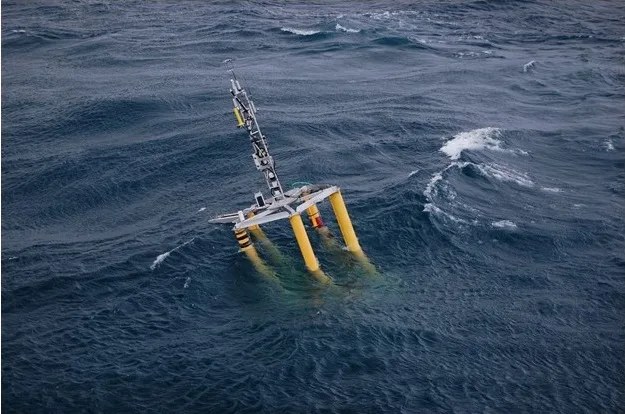Why we care
Ocean uptake of carbon has great natural variability that accompanies rising atmospheric carbon dioxide. A major challenge for marine carbon dioxide removal will be to quantify its additional carbon removal from the atmosphere. Ocean models can quantify carbon uptake attributed to marine carbon dioxide removal will likely be the basis for carbon credit calculations for carbon markets.
What we will do
Better quantification of air-sea CO2 fluxes at regional scales is required before mCDR additionality can be quantified.
“Marine carbon dioxide removal presents exciting new challenges for scientists who have been working for decades to measure the ocean carbon sink that naturally removes 25% of humanity’s carbon dioxide emissions from the atmosphere each year” says Dr. Galen McKinley of Columbia University. “In this project, we will apply state-of-the-art methods we’ve developed for ocean carbon sink studies to the challenge of marine carbon dioxide removal monitoring, reporting and verification.” To validate the models that will be required to estimate carbon credits for marine carbon dioxide, the team will determine the natural background carbon uptake, its variability, and the degree of certainty with which it is known in areas where marine carbon dioxide removal deployments are likely to occur. The project will also determine the requirements for additional sampling of pCO2, a measure of the carbon dioxide in seawater, needed to quantify the baseline ocean carbon sink in models. This work will develop machine learning approaches for use in marine carbon dioxide removal monitoring, reporting and verification. It will also support future observing system development, both critical for future development of observation-based benchmarks for evaluation of proposed marine carbon dioxide removal models.
Benefits of our work
This work will inform future investments in ocean observing required prior to implementing future research or marine carbon dioxide removal. It will also identify regions that might already have sufficient background data that may be poised for next steps. The project supports workforce development in the area of ocean carbon cycling and machine learning, critical skills for this growing field.
Award amount: $589,464.00
Funding source(s): National Science Foundation, NOAA Ocean Acidification Program
Project duration: 3 years
Investigators
Galen McKinley, Columbia University (Publications)
Thea Hatlen Heimdal, Columbia University
Adrienne Sutton, NOAA Pacific Marine Environmental Laboratory
Image: Air-Sea Interaction Spar (ASIS) buoys like this one can provide information critical for Earth Systems modeling that informs planning and implementation of marine carbon dioxide removal. Photographer: Lieutenant Elizabeth Crapo, NOAA Corps.



